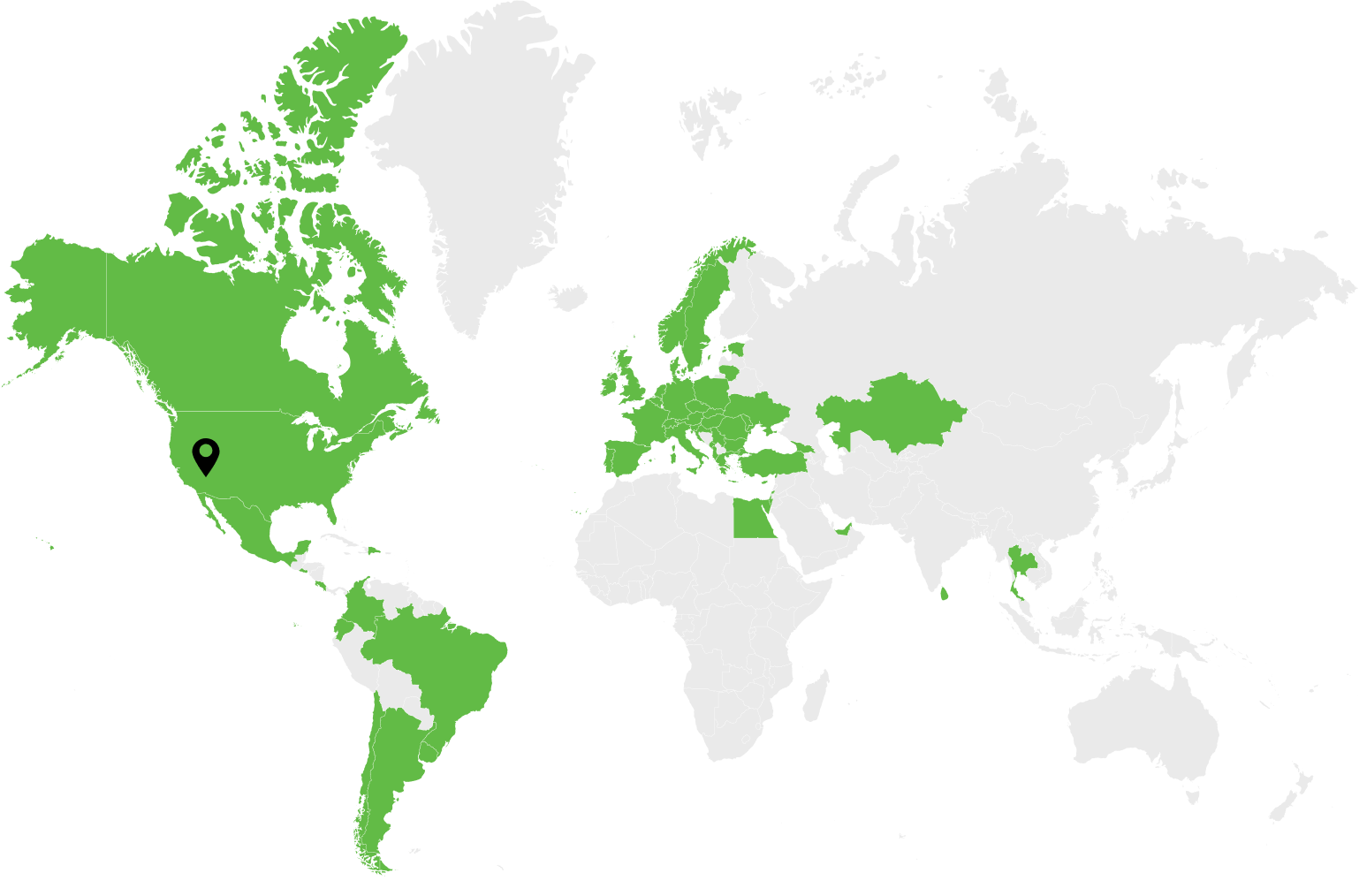Did you know that technical debt consumes 33% of annual IT budgets? While it’s a very real problem across the businessworld, the causes of technical debt can vary with different organizations.
One company might accrue technical debt in an attempt to speed time to market, while another might do the same due to poor planning. No matter the cause, DevOps reduces technical debt by integrating software development and operations teams for better collaboration, continuous feedback, and early detection of code issues.
DevOps has long been recognized as the key to faster, more reliable software delivery. Yet as tools, technologies, and standards evolve, staying ahead requires a consistent reassessment of DevOps practices. As we make our way closer to 2026, here are the top DevOps trends and best practices to anticipate in the new year.
Why DevOps is More Important Now Than Ever
Speed and reliability are key drivers of success in today’s highly competitive software landscape. In fact, studies show that low-quality software costs US-based companies an astounding $2.41 trillion each year. Similarly, delaying a time to market by just 6 months can cut into 33% of projected profits.
No matter how important each element is, finding a balance between speed and reliability in the SDLC is no easy task. Development teams often face two extremes: shipping code that still needs refinement, or spending too much time perfecting code.
By staying ahead of the latest trends and best practices, DevOps teams in 2026 can shorten the software development lifecycle while ensuring high-quality, reliable releases through automation, collaboration, and continuous improvement.
Key DevOps Trends & Best Practices for 2026
As software ecosystems grow more complex, DevOps continues to evolve. In 2026, success depends on how well organizations integrate emerging technologies and refine existing processes to support fast, secure, and scalable delivery.
AI-Driven Automation
Perhaps no emerging technology is having as big an impact on DevOps as AI. Powered by predictive analytics and machine learning (ML), AI seamlessly automates core workflows like code testing, deployment, and system monitoring. In turn, DevOps teams enjoy faster release cycles, consistent builds, optimized cloud usage, intelligent resource allocation, and enhanced security.
While immensely promising, it’s up to DevOps team members to implement best practices to take full advantage of AI:
- Begin with limited, well-defined AI applications and expand as value is proven
- Regularly assess AI performance and adjust workflows to improve outcomes
- Maintain human supervision to guide and validate AI-driven decisions
GitOps
GitOps is an important DevOps trend for 2026 because it unifies infrastructure management and application delivery through Git repositories as a single source of truth. By treating infrastructure as code, teams can automate deployments, rollbacks, and audits with the same version control principles used in software development. This approach improves consistency, traceability, and collaboration, especially for distributed teams.
If you’re considering GitOps for 2026, keep these best practices in mind:
- Apply version control safeguards to prevent unauthorized code changes
- Connect infrastructure updates to automated CI/CD workflows for consistency
- Require code reviews through pull requests to ensure transparency and traceability
Platform Engineering
Platform engineering allows organizations to balance developer autonomy with operational consistency. By creating internal developer platforms (IDPs) that provide reusable tools, standardized environments, and self-service infrastructure, teams can accelerate delivery while reducing cognitive load. As a result, platform engineering improves scalability, governance, and team alignment, especially in hybrid or multi-cloud setups.
Best practices for platform engineering in 2026 include:
- Establish well-defined collaboration boundaries between developers and platform engineers
- Focus on building automated, easily monitored systems to enhance efficiency
- Gather ongoing input from developers to continuously improve platform functionality
DevSecOps Maturity
Since DevSecOps prioritizes quick, reliable, and secure software delivery, it’s an essential DevOps trend in 2026. Yet, simply integrating security into every phase of the SDLC is not enough; your team must also evolve with the times. As Carnegie Mellon University explains, “a maturity model is an identified set of characteristics, attributes, indicators, and patterns that represent progression and achievement in a particular domain or discipline.”
Realizing capability maturity levels for DevSecOps teams requires the careful implementation of certain best practices:
- Encourage joint ownership by promoting collaboration and cross-training across DevOps roles
- Employ identity controls like least privilege access, multi-factor authentication (MFA), and secure credential management
- Enhance maturity through ongoing assessments, updated response playbooks, and process refinements
Key Barriers to Modernizing DevOps Practices
While DevOps presents exciting opportunities to improve the SDLC in 2026, there are also several challenges to consider before modernizing your DevOps practices.
Inconsistent Deployment Environments
When development, testing, and production environments differ, bugs appear unpredictably and teams lose time troubleshooting. The issue often lies in inconsistent environments rather than the code itself. Tools like Kubernetes, Helm, and Crossplane help standardize infrastructure and enable consistent, multi-cloud automation to reduce conflicts, crashes, and inefficiencies.
Legacy Workflows
Many teams still rely on outdated workflows with manual deployments, lengthy release cycles, and slow approval processes. These legacy methods hinder innovation, create bottlenecks, and prevent organizations from achieving the speed and agility that modern DevOps demands. To stay competitive, development pipelines must evolve toward automation, visibility, and continuous delivery.
Skills Gaps
Skills gaps can be a major hindrance to modernizing DevOps, especially with rapidly changing technologies like AI taking center stage. Importantly, imbalances between development and operations teams can undermine the core principles of DevOps. Similarly, when teams don’t share expertise or cross-train, collaboration breaks down, progress stalls, and misalignment increases.
Summary
Leading studies show that “70% of CIOs, CTOs and other technology leaders view technical debt as a major drag on their organization’s ability to innovate.” To avoid technical debt, you’re well advised to not only implement DevOps at your organization, but also keep teams up to speed with the latest best practices.
In 2026, DevOps teams that adopt innovations such as AI, GitOps, platform engineering, and DevSecOps maturity will be best positioned to streamline delivery while ensuring dependable, high-quality releases. Yet, behind each of these important improvements is a skilled team of developers and operations professionals producing quality software, while evolving at the same time.
Improve & Accelerate Delivery with Dev.Pro!
From healthcare to fintech, a skilled DevOps team is the most surefire way to find the right balance between speed and quality in software delivery.
At Dev.Pro, we help businesses ensure timely and reliable releases through automation, collaboration, and continuous improvement. Whether you’re integrating AI technology or adopting advanced practices like GitOps, DevSecOps, or platform engineering, our experts will help you accelerate innovation without compromising stability.Talk to a specialist now!

